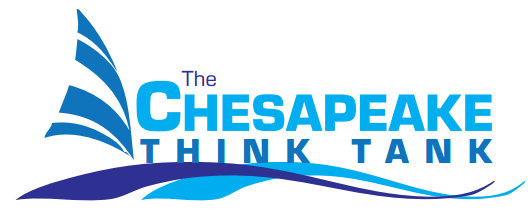

So you’ve got yourself an exciting business with several employees and lots of work to do. But who is supposed to do what? Building teams is a very specific process and the thing to recognize when crafting a team is that a key factor is finding the best position for everyone on your team. In sports, take baseball for example, you recognize that every position needs to be filled and professionals are able to evaluate which player would be the best fit for which position; a left handed player might make a great first baseman, someone with great speed might be well fit for an outfield position, etc.
So when building your own team within your organization, you need to first decide what it is you’re trying to accomplish, what are the rules that need to be encompassed in order for that to happen, and who has both the skills and the desire to do those things.
One of the things that people make a mistake with is that they find somebody on their “team” who has the skills that the role on the team requires…but they hate it. They don’t want to do it. Well, that’s never going to work. People, by human nature, avoid what they don’t want to do. Or, alternatively, they just get it done to get it out of the way but don’t do it that well. So you’ve really got to match desire, skill, and need all together. What does your employee want to do? How good are they at it? And how important is that skill within your business? At Chesapeake Think Tank we offer an assessment called “Skill Scan” which is a very effective tool that your organization can use to help determine where your employees’ desires, skills, and needs all align.
So once you can determine what defines your team; what “positions” are needed and what skills are required for each of those positions, you can begin to match people to those roles. And then that’s when you also then find what’s missing so you can fill the gaps whether it be through shuffling of tasks or possible hiring additional team members.
When you think of the term “team building” it’s likely you’re imagining a bunch of employees who are rarely all in a room together anymore (thanks a lot, Covid-19!) doing silly ice-breaking activities and solving puzzles together. There’s a lot of giggling and some awkward interactions. It’s clear some want to be there because it’s a chance to be away from their desk and others are only there for the free catered lunch. But once it’s all done everybody feels really good in that instance and re-energized to be working with their organization; there’s hope! But what a lot of managers miss when setting up team building events is that apart from them helping to ease any tension and bring people together, you should also have an outcome in mind. You need to find what specifically needs to be addressed amongst the team. Is there an issue or a skill lacking? Does the team culture feel misaligned and need to be recalibrated? Or perhaps there’s just a need to re-energize around “team” and restore clarity on what each of the roles are. Given so much work being done remotely these days, oftentimes team members rarely interact directly with each other, creating distance and room for misunderstanding. Team building can be helpful to build realignment on who is here, why they are there, and what they are like (within the organization and as an individual). Team building experiences can help people recognize the different personalities and perspectives that are in the room which can help to open brand new possibilities.
Copyright 2025 | Chesapeake Think Tank
